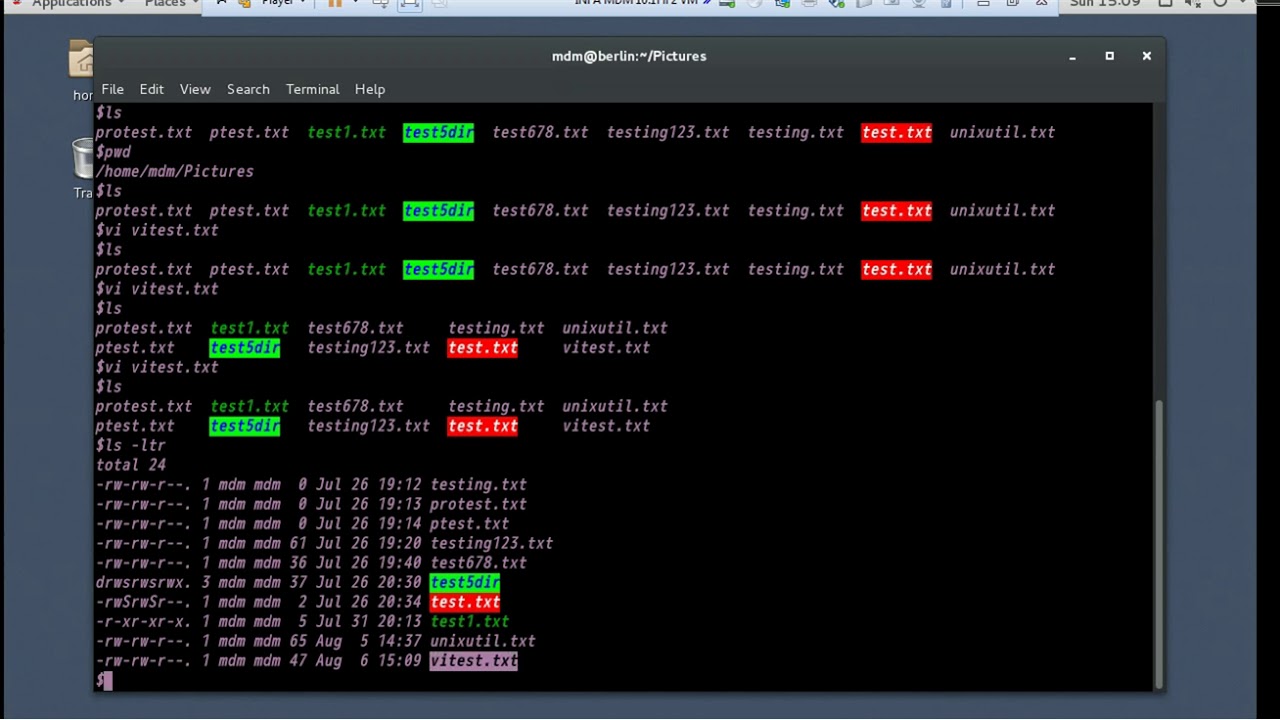

LINUX SOFTRAID SETUP WHICH DRIVES ARE MIRRORS HOW TO
This tutorial provides step-by-step guide on how to manually create RAID 1 on two disks system or RAID 10 on four disks system on a currently up and running system which already has CentOS / RedHat installed. For example, RAID 1 produces a mirrored set, which can tolerate a single disk failure, while potentially speed up performance as read requests can be served by any disk in the array. RAID10 (RAID 1+0) is a stripe of mirrored sets, or RAID 0 of RAID 1 mirrored sets, which provides better throughput and latency, while tolerate multiple disks failure as long as no mirror loses all its drives. RAID provides benefits in term of data redundancy and performance improvement, and is recommended setup for mission critical servers.

However, if you already have a fully functional working and running system with multiple hard disk drives, but have so far running on single disk system, converting from single disk to RAID involves a lot more risks and possibilities of system failure. Most Linux distributions such as Red Hat Enterprise Linux (RHEL) and CentOS allows you to easily set up RAID arrays while installing the operating system. Linux system has built-in support for software RAID, through MD devices aka Linux Software RAID. Create & Migrate Existing Working RedHat / CentOS System to RAID 1 / RAID 10


 0 kommentar(er)
0 kommentar(er)
